
Microbes Unleash Buried Arctic Carbon (Gallery)
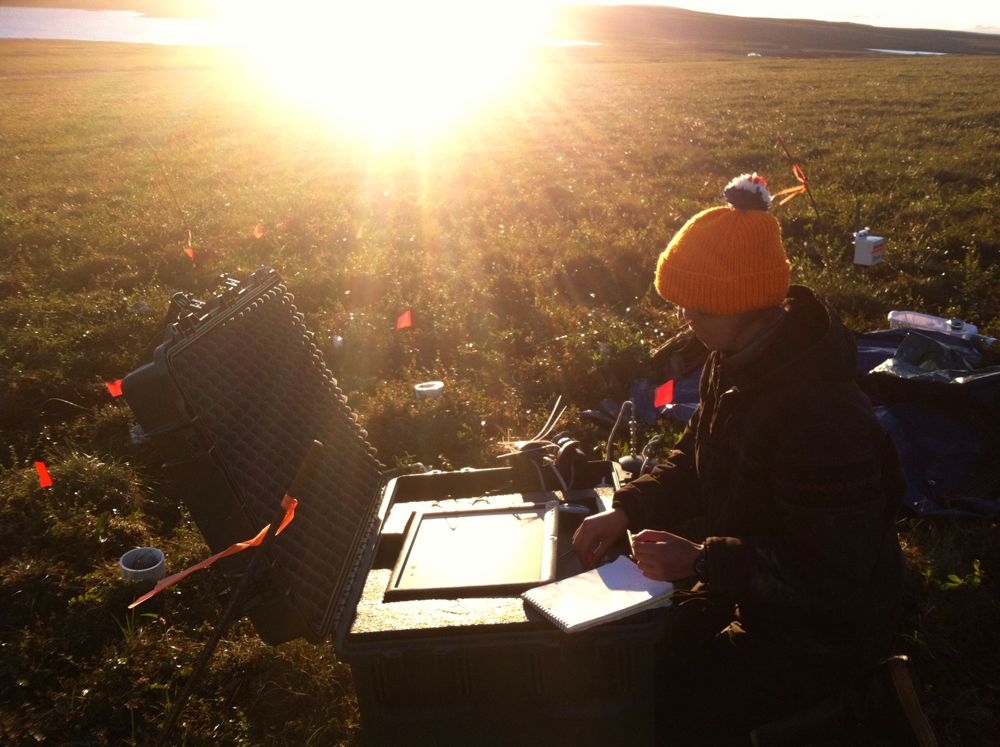
The U.S. National Science Foundation (NSF) contributed these images to Live Science's Expert Voices: Op-Ed & Insights.
Microbes are chowing down on newly thawed organic matter that has been trapped in permafrost — the process will potentially release massive amounts of greenhouse gasses in the atmosphere, but how much and how fast? And are soil processes actually trapping some of that carbon? As part of an NSF project, researchers are now digging into the Arctic permafrost to answer those questions. Read more in "Will Warming Surge as Arctic Microbes Feast on Defrosting Carbon?" and see images from the field work below.
Invisible but important
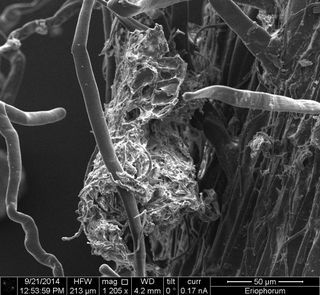
This is a scanning electron microscopic image of microbes on an Eriophorum root. Eriophorum (cottongrass, cotton-grass or cottonsedge) is found throughout the Arctic, subarctic and temperate portions of the Northern Hemisphere in acid bog habitats, being particularly abundant in Arctic tundra regions. (Credit: Department of Energy, Environmental Molecular Science Laboratory.)
Dirty drillers
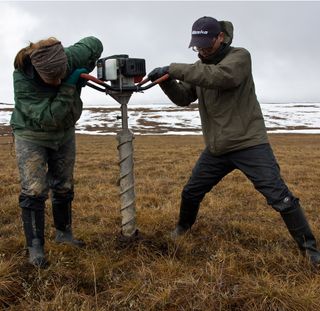
With support from the U.S. National Science Foundation, Matthew Wallenstein and a team from Colorado State University have come to the Toolik Field Station, deep inside the Arctic Circle, to drill soil cores for study. (Credit: Matthew Wallenstein.)
Untold numbers
Sign up for the Live Science daily newsletter now
Get the world’s most fascinating discoveries delivered straight to your inbox.
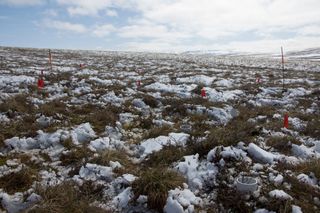
This is an experimental plot in the thawing Arctic tundra where white polyvinyl chloride (PVC) plastic collars are used to measure soil respiration. The soil is home to a vast number of tiny microbes — all feeding on the tundra vegetation. (Credit: Laurel Lynch.)
A limited supply
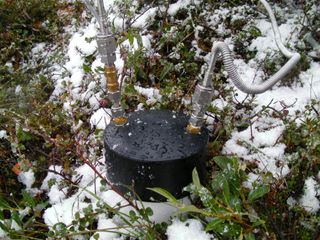
The Colorado State University scientists use these chambers to collect gasses released from soils, which are analyzed using a field-portable instrument. For thousands of years, the soil microbes have subsisted on a limited carbon diet, because much of the organic matter is frozen into the permafrost layer that starts about a foot underground. (Credit: Matthew Wallenstein.)
A buffet
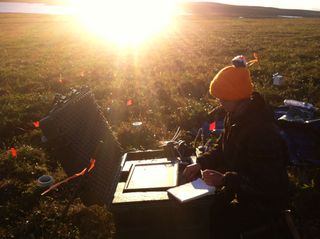
Now that soil is starting to thaw, Arctic microbes are about to find themselves at an all-you-can-eat carbon buffet. (Credit: Matthew Wallenstein.)
A stellar sample
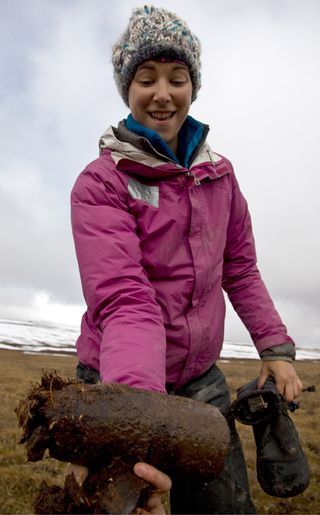
Laurel Lynch, a graduate student at the Natural Resource Ecology Laboratory at Colorado State University, shows off a perfectly intact soil core collected from Arctic Tundra. (Credit: Matthew Wallenstein.)
Evidence of the thaw
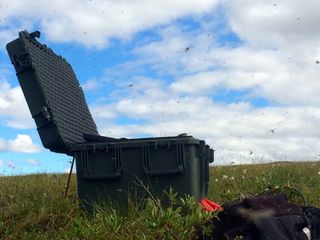
Thousands of mosquitos swarm around scientific equipment during the arctic summer. Scientists estimate that the Arctic stores more carbon in its landscape than is stored in the entire atmosphere. So, if that carbon is released, it has the potential to impact climate worldwide, as well as crop productivity and wildfires. (Credit: Matthew Wallenstein.)
Follow all of the Expert Voices issues and debates — and become part of the discussion — on Facebook, Twitter and Google+. The views expressed are those of the author and do not necessarily reflect the views of the publisher. This version of the article was originally published on Live Science.












